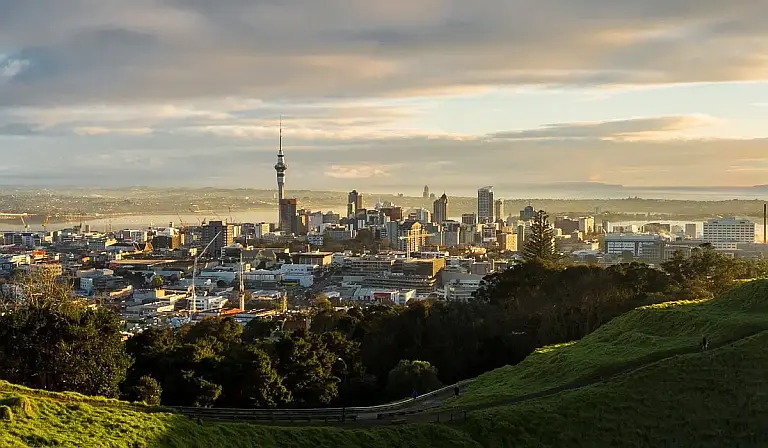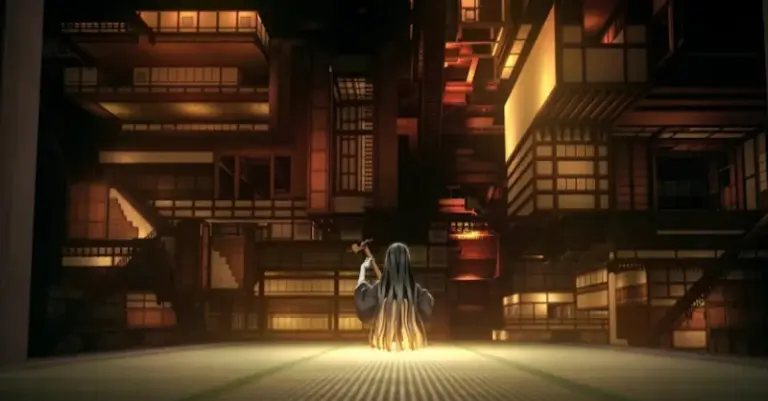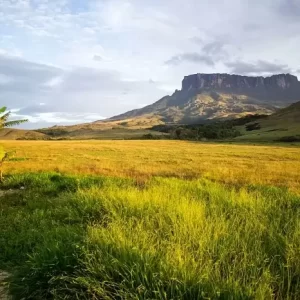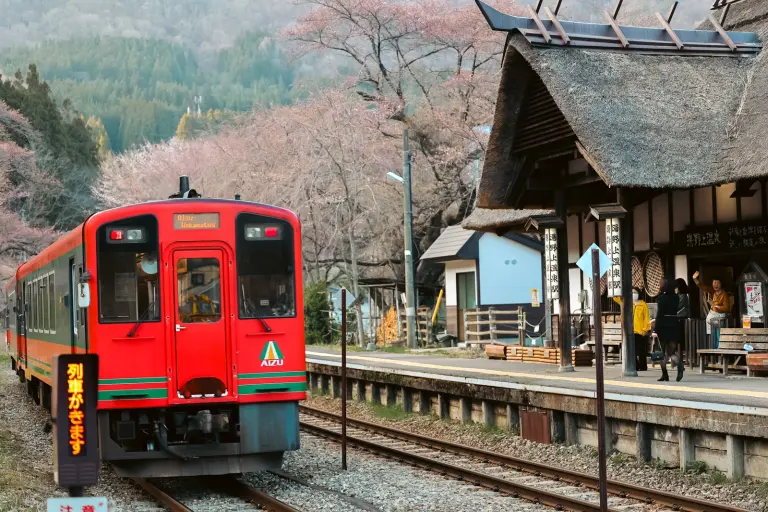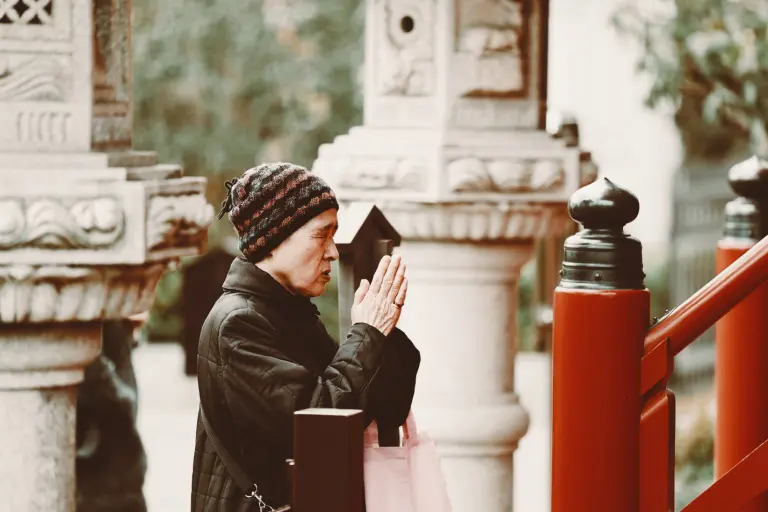Auckland, New Zealand, isn’t just known for its beautiful beaches—this vibrant metropolis is also famously called the “City of Volcanoes,” home to dozens of extinct volcanic cones scattered across the region. Let’s explore some of Auckland’s most iconic volcanoes that have now become must-visit attractions for travelers to New Zealand.
Are the Volcanoes Still Active?
According to scientists, there’s a 0.1% chance these volcanoes could erupt again—but the likelihood is extremely low. Most are classified as dormant, and instead of posing danger, they now serve as stunning viewpoints, cultural landmarks, and historic sites woven into Auckland’s urban landscape.
Rangitoto – The “Youngest” Volcano to Visit in New Zealand
Located in the Hauraki Gulf, Rangitoto Island is Auckland’s youngest volcano, erupting just 600 years ago. Though its cone is relatively low (259 meters above sea level), it remains one of the most iconic volcanoes in New Zealand.
To reach the summit, visitors hike through a native Pohutukawa forest—a journey that takes around one hour. The panoramic views from the top are worth every step. It’s only a 25-minute ferry ride from downtown Auckland, making it a perfect day trip for nature lovers and adventure seekers.
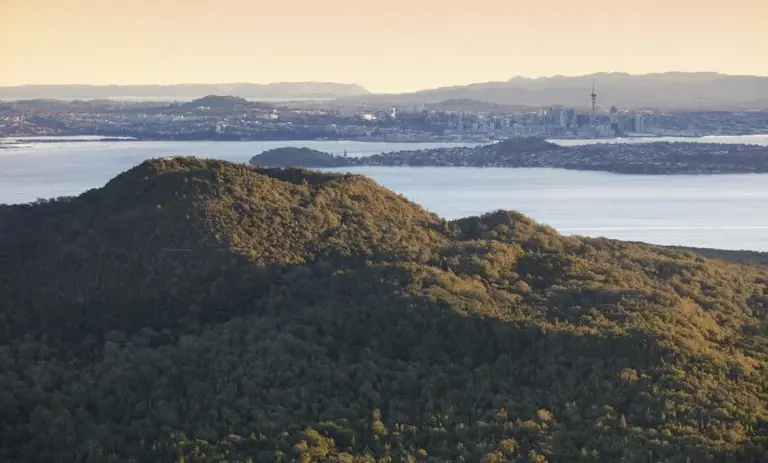
>> How to travel New Zealand on a budget: Smart tips for an unforgettable journey
North Head (Maungauika) & Mount Victoria (Takarunga) – Coastal Fortresses with a View
Situated on Auckland’s northern shore in Devonport, these two volcanic cones offer not just natural beauty, but a fascinating military history.
- North Head once served as a key defense post for Auckland’s harbor. Visitors can explore underground military tunnels and bunkers, while enjoying stunning ocean views. It’s also a popular spot for picnics and seaside walks.
- A short walk away, Mount Victoria offers equally mesmerizing views and is home to one of the oldest cinemas in the Southern Hemisphere. The nearby Cheltenham Beach is perfect for relaxing after your hike.
Both volcanoes are easily accessible and ideal for a half-day cultural and scenic experience.
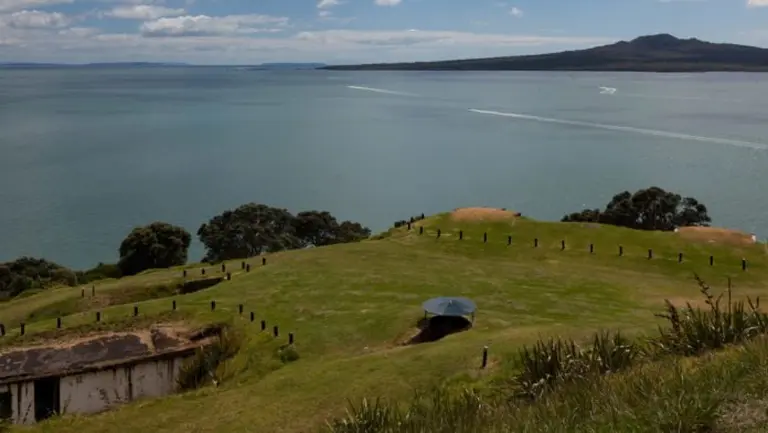
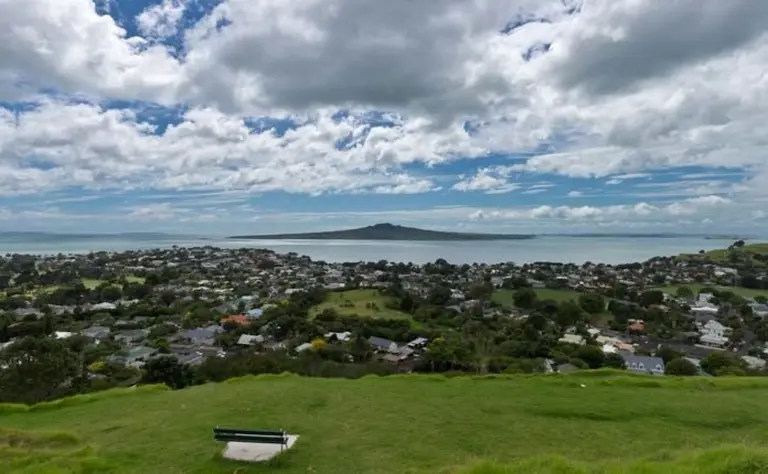
>> Step into the magical world of Hobbiton – A real-life movie set in New Zealand
Pukekawa – Home of Auckland War Memorial Museum
Sitting atop the extinct Pukekawa volcano, the Auckland War Memorial Museum opened in 1929. It’s one of the city’s most significant cultural landmarks, with special exhibitions on Māori heritage, Polynesian culture, and New Zealand’s military history.
The surrounding Auckland Domain is the city’s oldest park, featuring sports fields, walking trails, outdoor sculptures, and a stunning Winter Garden. Don’t forget to explore the charming nearby neighborhood of Parnell or hop over to the Newmarket shopping district.
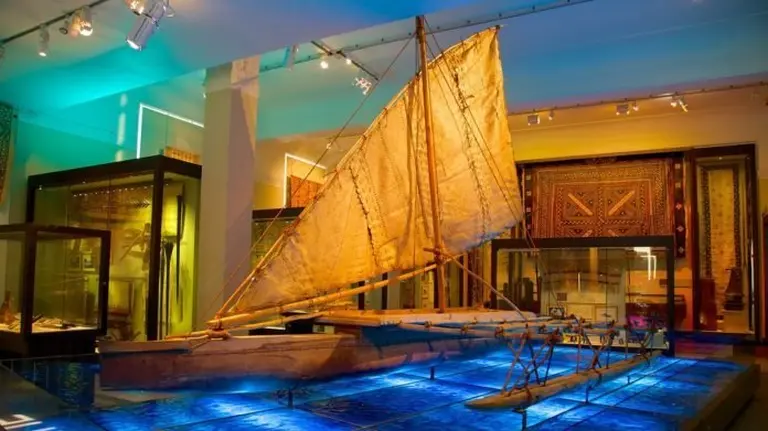
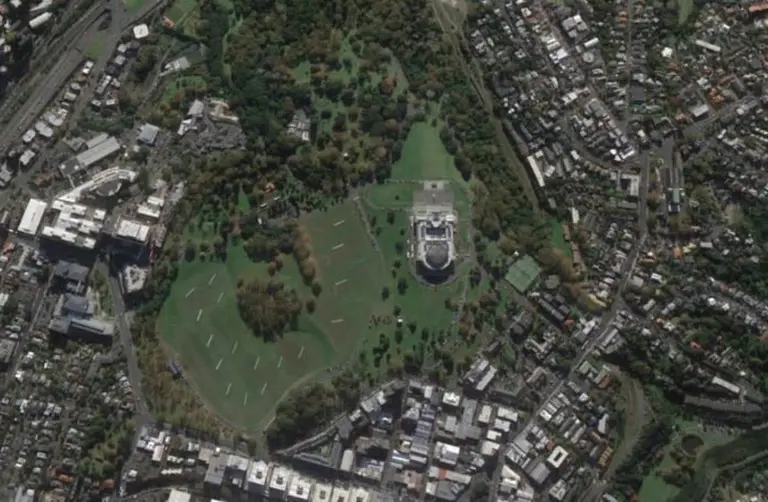
>> Routeburn Track – Journey through the path of happiness in New Zealand
One Tree Hill (Maungakiekie) – The Largest Volcano in Auckland
One Tree Hill, also known by its Māori name Maungakiekie, is the largest volcano in Auckland. Once topped by a lone tree (now replaced), the hill is steeped in cultural and historical meaning.
In 2014, it was officially returned to local Māori guardianship. Today, it’s part of Cornwall Park, a vast green space with rolling pastures, walking trails, and picnic areas. Highlights include:
- The Obelisk Memorial honoring Māori contributions
- Acacia Cottage (built in 1841), the oldest surviving wooden house in NZ
- Stardome Observatory, perfect for stargazing and astronomy enthusiasts
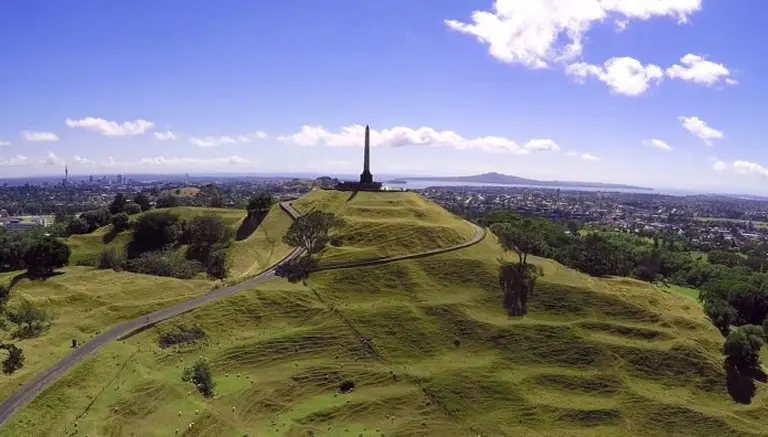
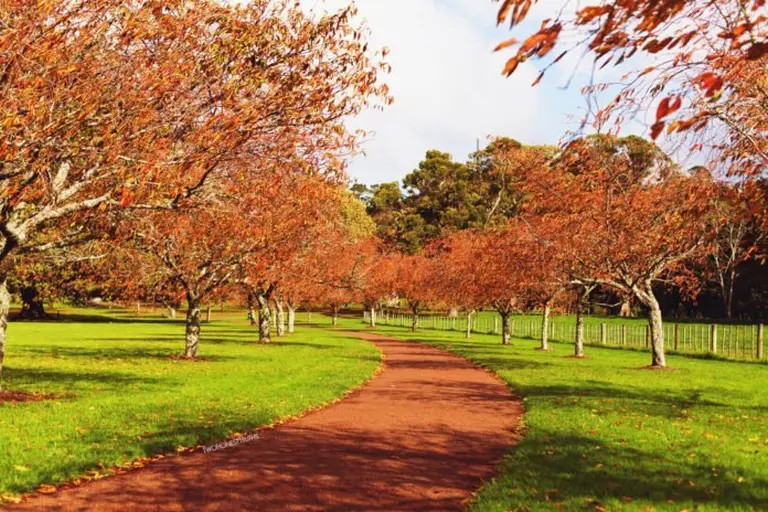
>> Craving real adventure? Head to New Zealand!
Mount Eden (Maungawhau) – The Highest Natural Point in Auckland
At 196 meters high, Mount Eden is the tallest natural peak in Auckland. Its dramatic crater, nearly 50 meters deep, offers a rare look at Auckland’s volcanic past.
Guided cultural walking tours are offered daily by local Māori, who explain the mountain’s significance and history. The surrounding area features 5.5 hectares of native forest, trendy cafés, and boutique shopping streets—making it a hotspot for both tourists and locals.
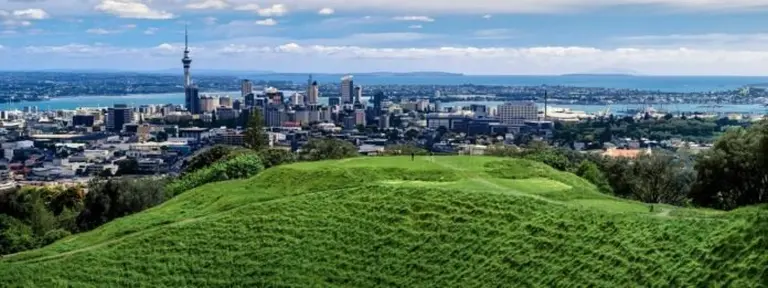
Mangere Mountain – A Legacy of Ancient Eruption
Located further from the city center, Mangere Mountain is over 30,000 years old and one of Auckland’s most explosive volcanoes. With three craters and a height of 106 meters, it once served as a stronghold for indigenous iwi (tribes) over 700 years ago.
Today, local guides offer tours to teach visitors about pre-colonial life, traditional farming practices, and the formation of the mountain. You can also follow marked walking trails to explore the summit on your own.
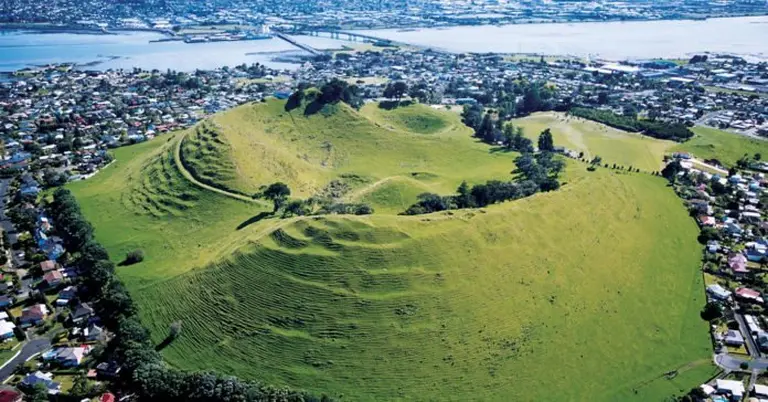
>> Rotorua – The city famous for smelling like rotten eggs!?
Auckland’s Volcanoes: From Threat to Treasure
What once were feared natural hazards have become cherished landmarks that reflect Auckland’s geology, history, and identity. These volcanic sites not only offer stunning landscapes and unforgettable views, but also provide visitors with cultural insight and outdoor adventures.
So if you’re visiting Auckland, don’t miss the chance to walk among giants of the Earth’s past—it’s a unique blend of natural wonder and cultural depth that you won’t find anywhere else.
